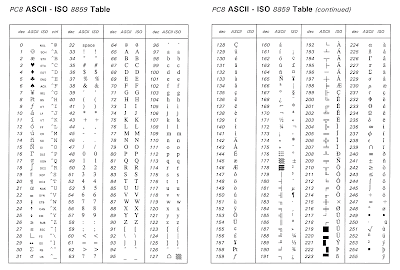What is the TPM?
The Trusted Platform Module (TPM) is a small, specialized chip inside a computer that helps keep your data and system secure. Here’s what it does in simple terms:
- Stores Secrets: It safely stores important security keys and passwords.
- Checks Integrity: It checks if the computer’s software and hardware are trusted and haven’t been tampered with.
- Supports Encryption: It helps with encrypting data to keep it safe from unauthorized access.
- Secure Boot: It ensures that your computer starts up with trusted software.
In essence, TPM acts like a security guard for your computer, making sure that everything running on it is legitimate and that sensitive information is kept secure.
Why the TPM is consider as a Root-of-Trust (RoT) component in trusted computing based systems?
The Trusted Platform Module (TPM) is considered a Root-of-Trust (RoT) component in trusted computing systems due to its crucial role in establishing and maintaining a secure computing environment. Here’s why TPM is seen as a Root-of-Trust:
1. Secure Storage of Cryptographic Keys
- Role: TPM provides a secure environment for storing cryptographic keys, such as encryption keys and digital certificates.
- Benefit: The keys stored in TPM are protected from unauthorized access and tampering, ensuring that sensitive data can be encrypted and decrypted securely.
2. Platform Integrity Measurement
- Role: TPM performs measurements of the system's hardware and software components during boot-up to ensure they have not been tampered with.
- Benefit: By measuring and validating the integrity of the system components, TPM helps ensure that the platform has not been compromised, providing a trustworthy environment for executing sensitive operations.
3. Secure Boot and Attestation
- Role: TPM supports secure boot processes by verifying the integrity of the firmware and operating system during the boot sequence.
- Benefit: This ensures that the system boots only with trusted and unaltered code, preventing malicious code from taking control before the operating system loads.
4. Trusted Key Generation and Management
- Role: TPM can generate and manage cryptographic keys in a secure manner, including creating unique keys for each TPM chip.
- Benefit: These keys are used for encryption, decryption, and digital signatures, ensuring that cryptographic operations are performed in a secure environment.
5. Data Protection and Platform Configuration
- Role: TPM enables features like BitLocker Drive Encryption in Windows, which uses TPM to securely store encryption keys.
- Benefit: This ensures that data on the device is protected from unauthorized access, even if the physical storage media is removed and accessed elsewhere.
6. Tamper-Resistant Design
- Role: TPM is designed to be tamper-resistant, incorporating protections against physical attacks and unauthorized access.
- Benefit: This physical security makes it a reliable component for protecting sensitive cryptographic operations and data.
Summary
Trusted Platform Module (TPM) as a Root-of-Trust (RoT):
- Secure Storage: Protects cryptographic keys and sensitive information.
- Integrity Measurement: Validates system integrity during boot-up.
- Secure Boot: Ensures that only trusted code runs on the system.
- Key Management: Provides secure key generation and usage.
- Data Protection: Supports features like BitLocker for encryption.
- Tamper-Resistant: Resists physical attacks and unauthorized access.
By fulfilling these roles, TPM establishes a foundation of trust for the entire computing environment, making it a core component in trusted computing systems.
Components of Trusted Computing Base (TCB)
**1. Hardware Components:
Trusted Platform Module (TPM): A dedicated hardware component designed to provide security functions such as hardware-based encryption and secure storage of cryptographic keys. The TPM is a key element of the TCB, ensuring that critical security functions are protected from tampering.
Secure Boot Hardware: Hardware mechanisms involved in ensuring that the system boots only from trusted and verified software. This includes components like BIOS/UEFI firmware that perform integrity checks before loading the operating system.
**2. Software Components:
Operating System (OS) Kernel: The core part of the operating system that manages hardware resources and provides essential services for applications. The OS kernel is a crucial part of the TCB as it enforces security policies and manages access controls.
Security Policies and Configuration Management: Software that defines and enforces security policies, access controls, and configurations. This includes mechanisms for user authentication, permissions management, and secure system settings.
Summary
Hardware Components:
- Trusted Platform Module (TPM)
- Secure Boot Hardware
Software Components:
- Operating System (OS) Kernel
- Security Policies and Configuration Management


Ulasan